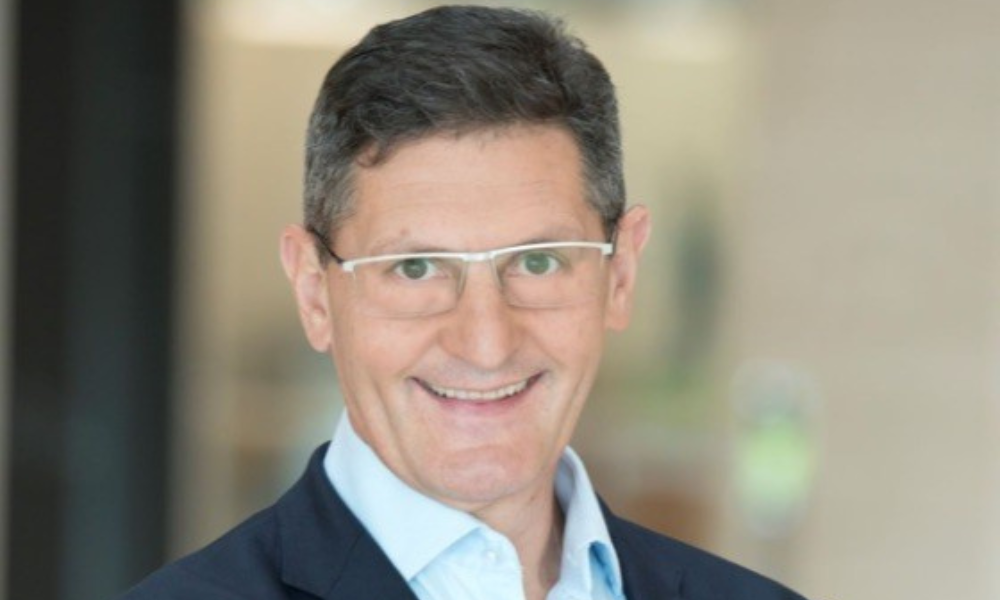
HRD sits down with Michael Fraccaro to discuss what a great culture really looks like – and how to measure one

Good workplace culture is one of those intangible issues that’s hard to pin down. You know it when you see it. Most would agree, though, that the broader your personal experience and the more diverse the people and societies you come into contact with, the more you begin to understand what culture is really all about.
Read more: Sexual harassment allegations prompt new state-wide campaign
Michael Fraccaro (pictured above), chief human resources officer at Mastercard, grew up in Australia, currently lives in New York and had his formative work experiences in Riyadh, Saudi Arabia. It’s one reason why creating an inclusive and dynamic culture where people want to come and work is so important to him and to the business. That formative two-year experience in Riyadh came about as Fraccaro looked for an opportunity to work overseas. It was just before the advent of the internet and when the job came up, it meant leaving behind his family in Australia for three months while he established himself.
In an unfamiliar environment without a support infrastructure, the experience taught him to quickly learn and adapt, to develop empathy and embrace risk.
“It was a breakthrough moment for me personally and professionally; without that I probably wouldn’t be where I am today. It showed me a level of humility in terms of what can be achieved in a challenging situation, and I am forever grateful for the opportunity,” Fraccaro says.
Fraccaro’s previous experience in senior HR role at HSBC in Hong Kong has given him global experience and a reputation for leading significant cultural change programs.
“Culture is such an important part of our success at Mastercard; it can’t be just pretty words on a wall, it has to mean something to the organisation,” he says.
Two years ago, Fraccaro presented an idea to the board on how Mastercard should measure culture in the organisation. Out of that developed a Culture Health Index (CHI) which went way beyond just giving the board an update on employee satisfaction.
The CHI measures four key areas.
“One is around inclusion using quarterly measures to ascertain, for example, how the company is progressing from a diversity perspective, how we are doing from a candidate slate perspective, what are we doing in terms of people feeling that their voices are being heard?” Fraccaro says.
The second cultural pillar is gathering metrics around innovation – to what extent does the product pipeline reach market and what is their success rate? The third is around brand and how Mastercard is perceived from a thought-leadership perspective, from the number of patents registered and from an employer perspective, how the company is perceived on campus.
The final one is around people and leadership, such as: “How robust is our succession planning? What is our retention rate?”
Read more: Sexual harassment at work: HR's legal obligations in 2022
“We measure all these four pillars and aggregate the numbers to inform the CHI,” Fraccaro says. “The board and management can then look at trends and make strategic business decisions based on that information. They can see that, for example, we are making progress on innovation, but we are slightly below where we should be on thought leadership, so why is that and what do we need to do to improve?”
Fraccaro is convinced that other elements will be included in the CHI metrics in the future – such as flexible working. “We will take a look at remote and hybrid working and discover whether this is enhancing the culture and providing a great employee experience, or is there something else that we should be doing,” he says.
Given that so many leaders and managers are grappling with how they build teams with a strong, inclusive culture when people aren’t in the same room or maybe not even in the same country, what is his advice on the essential ingredients?